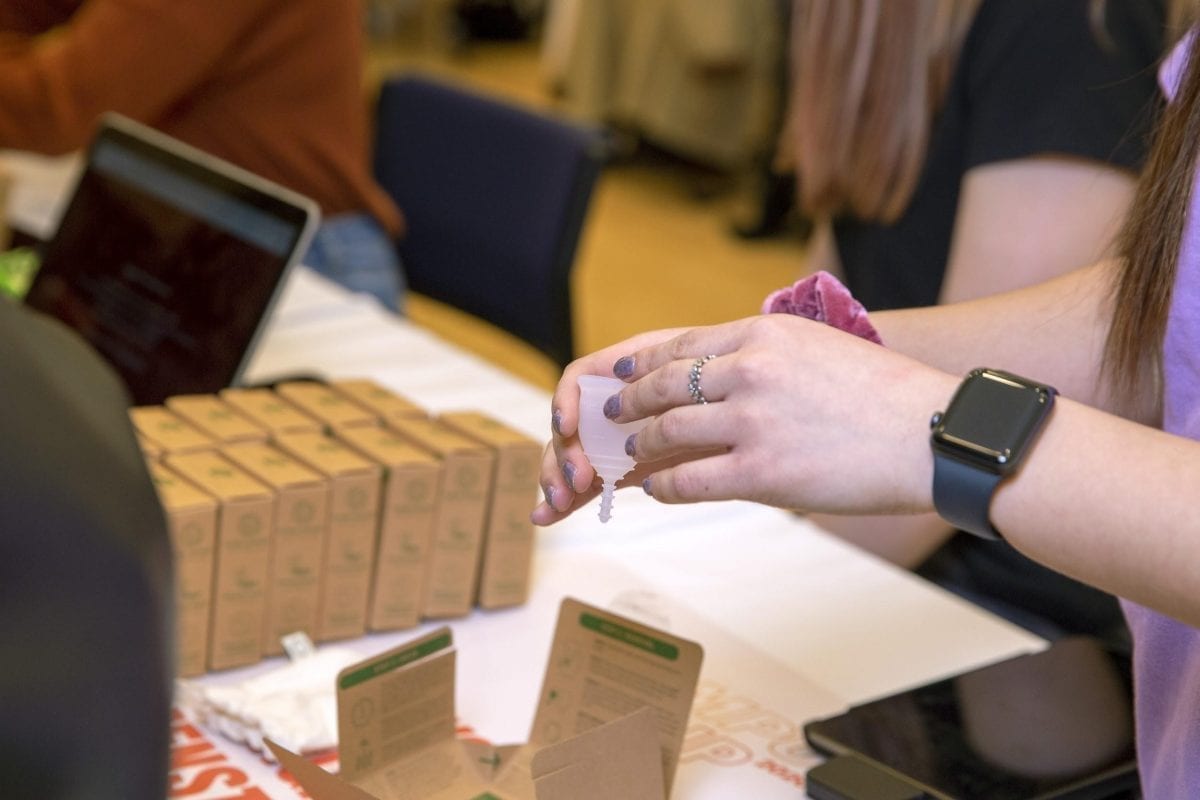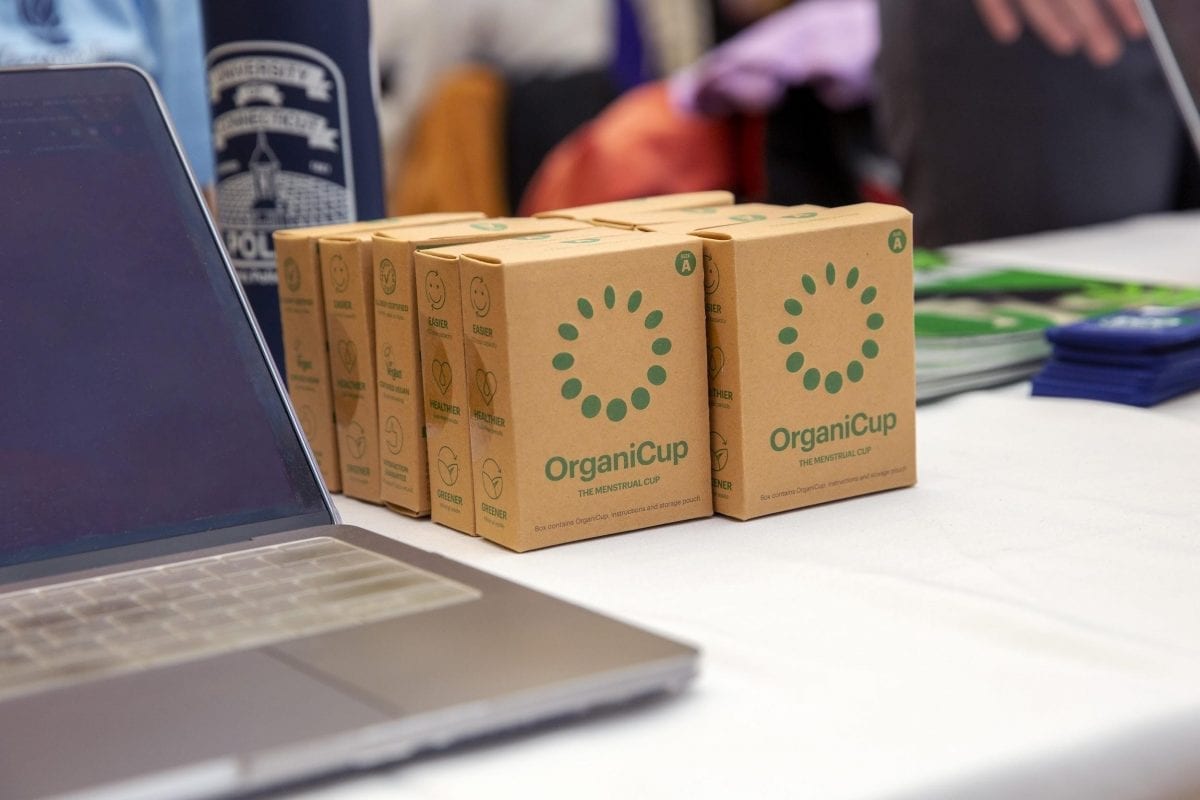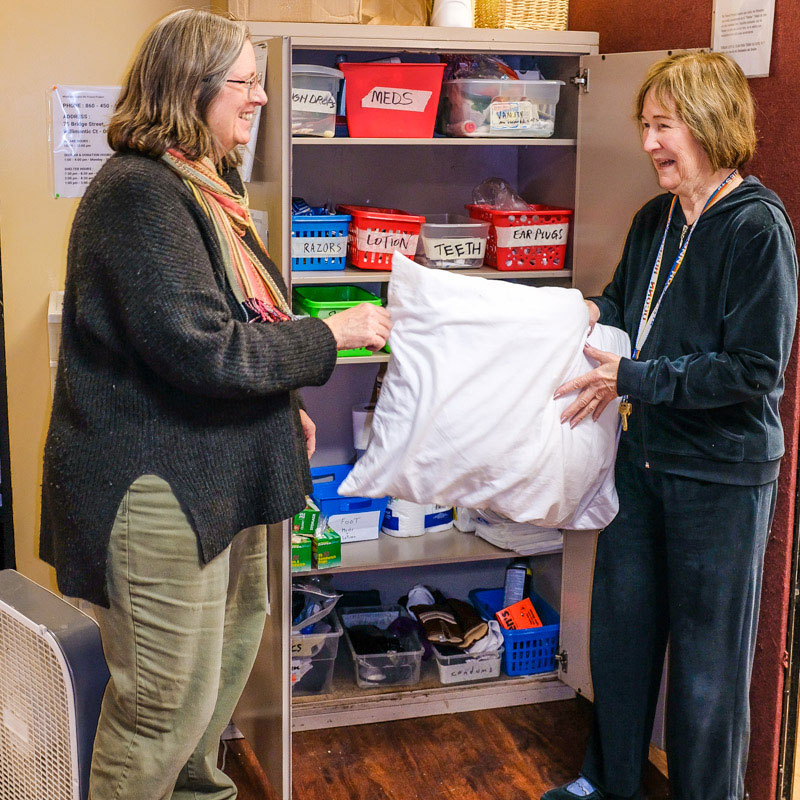The Environmental and Social Sustainability Small Grants Program, run by the Office of Sustainability and Institute of the Environment, awarded seven student teams working to elevate sustainability in Connecticut.
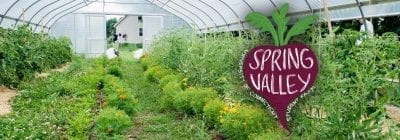
UConn has ambitiously committed to being carbon-neutral by 2030, and has a successful track record of incorporating sustainability into its operations, education and student opportunities. Students play an important role in elevating sustainability at UConn, and the latest round of Environmental and Social Sustainability Small Grants (ESSSG) awards supports them.
Started by the Office of Sustainability and Institute of the Environment in 2021, the ESSSG program competitively funds student-led initiatives that enhance environmental and social sustainability for UConn communities. Applications for this round spanned everything from graduate-level engineering research to planet-friendly farming practices.
Seven projects were awarded funds due to their interdisciplinary nature and ability to advance both sustainability and equity.
Non-Violence Mindfulness Training for Environmental Justice and Mother Earth Day Festival
This project will offer non-violence embodiment training to students, held by students and national experts. It’ll culminate in a campus event around Mother Earth Day for the students and other groups to showcase art and connect to the UCONN community by teaching embodiment and non-violence.
- Students: Juan Pablo Yepes Tobon ’24 (CLAS), Laura Augenbraun ’24 (CLAS)
- Faculty Mentors: Phoebe Godfrey, Professor-in-Residence of Sociology, Stacy Maddern – Assist. Professor-in-Residence of Urban and Community Studies
Renewed Outdoor Classroom and Chestnut Orchard
Locally and sustainably-sourced raw materials will be produced by students to create infrastructure for teaching, outreach, meeting, and artistic performance space that is ADA accessible. This project will also materially advance development of a planned American chestnut seed orchard.
- Students: Isaac Betts ‘23 (CAHNR), Andrew Muller ’23 (CAHNR), Zachary Bates ‘23 (CAHNR)
- Faculty Mentors: Thomas Worthley, Extension Educator Forest Sustainability, Robert Fahey, UConn Forest Director and Assoc. Professor
Huskies for Harkness
Huskies for Harkness is an initiative immersing New London high school students into conservation and sustainability, addressing the systemic barriers surrounding historically gatekept fields. It does this through a vocational enrichment trip to Harkness Memorial Park, focusing on education, engagement, and exploration.
- Students: Jessica Bostick ‘23 (CAHNR), EcoHuskies
- Faculty Mentor: Eleanor Shoreman-Ouimet, Assist. Professor of Anthropology
UConn Gleaning Corps
The Spring Valley Student Farm Gleaning Interns will assist the Windham Community Food Network to expand gleaning in Eastern CT. Gleaning is the practice of harvesting excess produce that doesn’t get sent to market, and is instead used to support people experiencing food insecurity. The student farmers will harvest, wash and deliver produce to various pantries in the Willimantic area. They’ll also develop a training guide to be used by volunteers to keep the program running in the future.
- Students: Sydney Clements, Ph.D. Candidate in Geography
- Staff Mentor: Jessica Larkin-Wells, Farm Manager, Spring Valley Student Farm
Reimagining a Community Garden
EcoGarden is reimagining the student club’s garden space. Educational signage, a new composting area, a variety of new perennial plants, and an outdoor picnic area are coming to EcoGarden. Community gardens help tackle the issues of climate change and food deserts.
- Students: Kristopher Dow ’24 (ENG, CLAS), EcoGarden Club
- Staff Mentor: Jessica Larkin-Wells, Farm Manager, Spring Valley Student Farm
Ecoposium, UConn
Ecoposium, UConn is an organization that serves to plan and promote UConn’s first student-led environmental symposium. The club strives to spread awareness and educate the UConn community about relevant environmental issues through symposium sessions covering environmental topics elected by the organization.
- Students: Claire Lee ’24 (CLAS), Ecoposium Club
- Faculty Mentors: David Wagner, Professor of Ecology & Evolutionary Biology, Scott Wallace, Assoc. Professor of Journalism
Material World: Design for a Healthful and Equitable Future
This project will create an interactive and sustainably-built pop-up exhibition educating students on the impacts of environmentally and socially sustainable design methods and materials aimed at empowering them to act as agents of change in their professional careers and personal lives.
- Students: Cameron Slocum ’23 (SFA)
- Faculty Mentors: Chris Sancomb, Assist. Professor of Industrial Design, Shareen Hertel, Professor of Political Science
“This signature program catalyzes and supports entrepreneurial activities by students, who co-design projects with faculty and staff mentors. The resulting projects represent authentic, collaborative experiences that substantively enrich educational experiences and that enhance sustainable practices that intimately integrate social responsibility. It is clear that our students are making a difference and are leading efforts to make the world more just and more resilient!”, says Michael Willig, Executive Director of the Institute of the Environment.
“Despite “small” in being in the name of this grant program, I believe that these grants will leave a large impact on our community, even beyond the environmental sphere. Thanks to the Office of Sustainability, the hard work of our team at Ecoposium, UConn, and the endless support of our faculty advisors, we are excited to utilize these funds in supporting the university’s first student-run environmental symposium this semester. My hope is for members of the UConn community from all disciplines to be able to come together through this event under a shared love and commitment to the environment,” shares Claire Lee, president and founder of student organization Ecoposium, UConn.
Students will present their project findings and impacts at the Climate Change Café in early Spring’24.
For more details on the Environmental and Social Sustainability Small Grants Program, please visit: https://sustainability.uconn.edu/environmental-social-sustainability-small-grants-program/


 Mexican-Chilean activist and member of the Otomi-Toltec Nation. She is from San Pedro Tultepec, Mexico, where she was rais
Mexican-Chilean activist and member of the Otomi-Toltec Nation. She is from San Pedro Tultepec, Mexico, where she was rais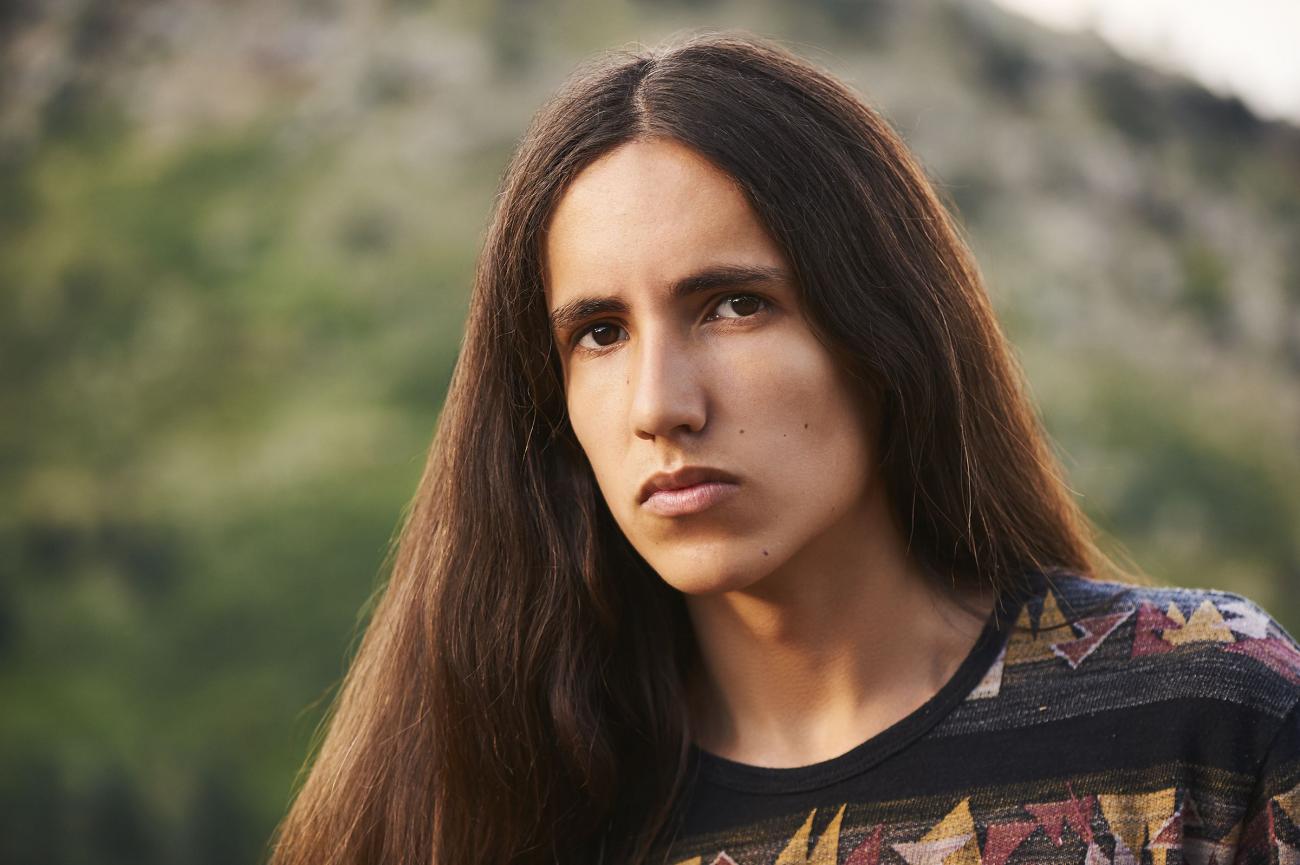 Xiuhtezcatl Martínez is a nineteen-year old activist who wrote a book entitled We Rise: The Earth Guardians Guide to Building a Movement That Restores the Planet. His book examines the failures of world leaders to solve the climate crisis and suggests tangible steps that youth can take to mobilize their communities. Martínez is a youth director for
Xiuhtezcatl Martínez is a nineteen-year old activist who wrote a book entitled We Rise: The Earth Guardians Guide to Building a Movement That Restores the Planet. His book examines the failures of world leaders to solve the climate crisis and suggests tangible steps that youth can take to mobilize their communities. Martínez is a youth director for 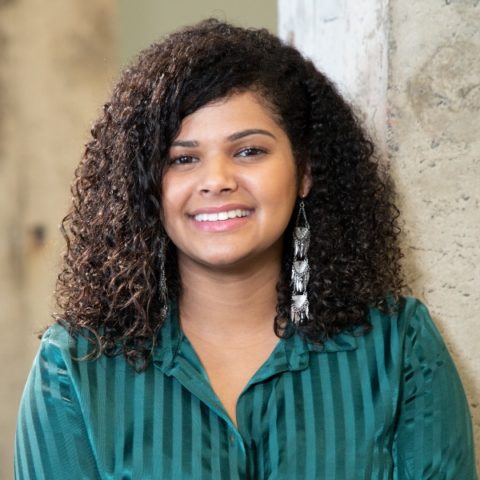 by volunteering during Barack Obama’s first presidential campaign. She studied political science at the University of Nevada Las Vegas, and has worked with advocacy groups such as Mi Familia Vota. Lorenzo frequently mentions that conservation is an inherent part of Latinx culture. While families are motivated to save money, there is an added benefit of reusing and wasting less. Lorenzo worked on environmental justice programs through
by volunteering during Barack Obama’s first presidential campaign. She studied political science at the University of Nevada Las Vegas, and has worked with advocacy groups such as Mi Familia Vota. Lorenzo frequently mentions that conservation is an inherent part of Latinx culture. While families are motivated to save money, there is an added benefit of reusing and wasting less. Lorenzo worked on environmental justice programs through  Solimar Fiske is an activist who uses her
Solimar Fiske is an activist who uses her  is a Puerto Rican and Mexican marine biologist and the founder of Fins United. The Fins United Initiative teaches people of all ages about
is a Puerto Rican and Mexican marine biologist and the founder of Fins United. The Fins United Initiative teaches people of all ages about 


